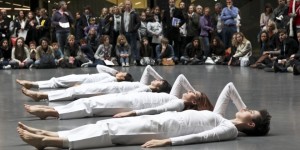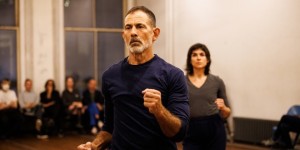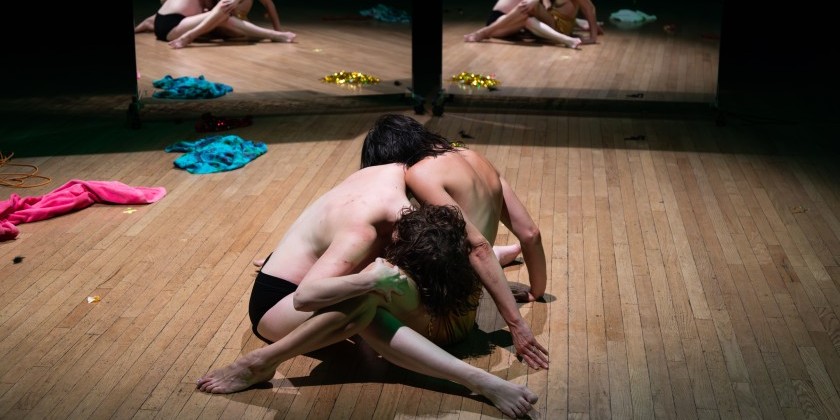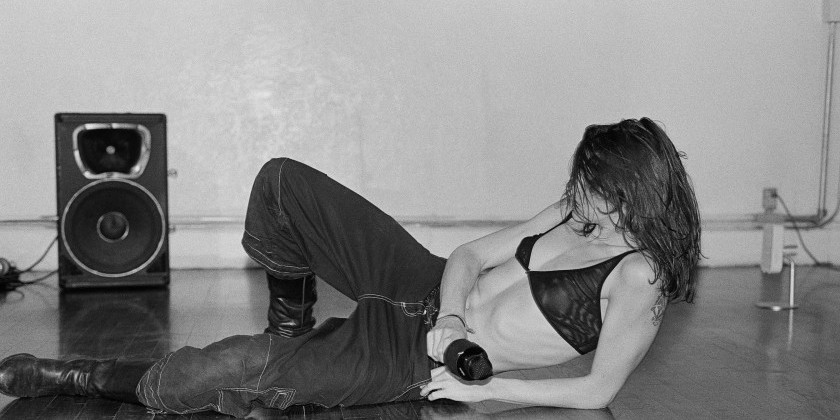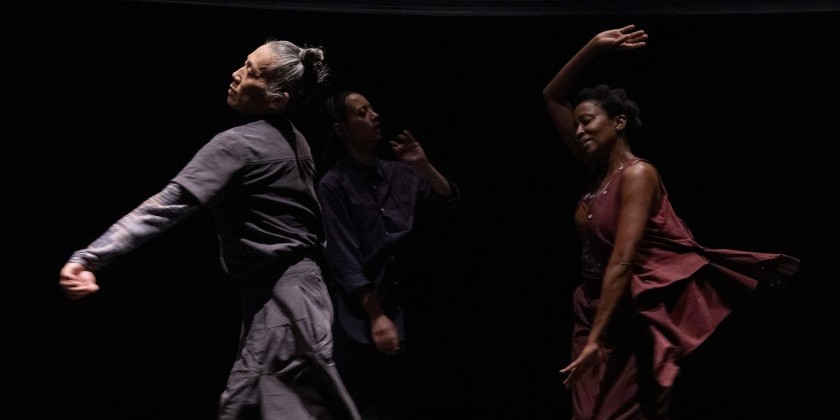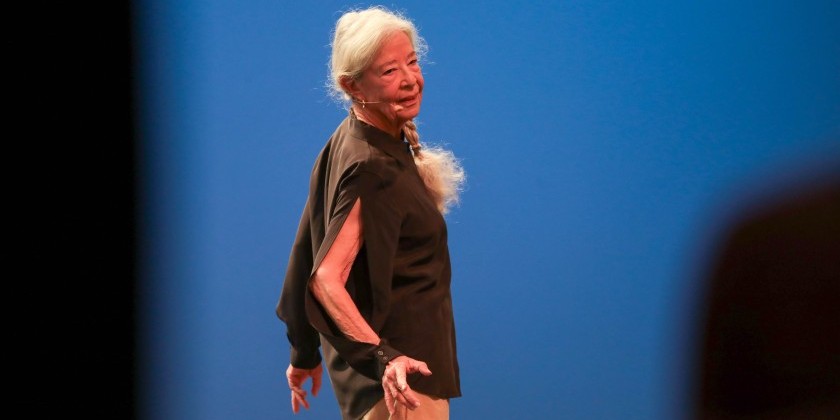THE DANCE ENTHUSIAST ASKS: Keely Garfield on her Premiere of "The Invisible Project" at NYU's Skirball Center, and her Practices of Wellness and Chaplaincy
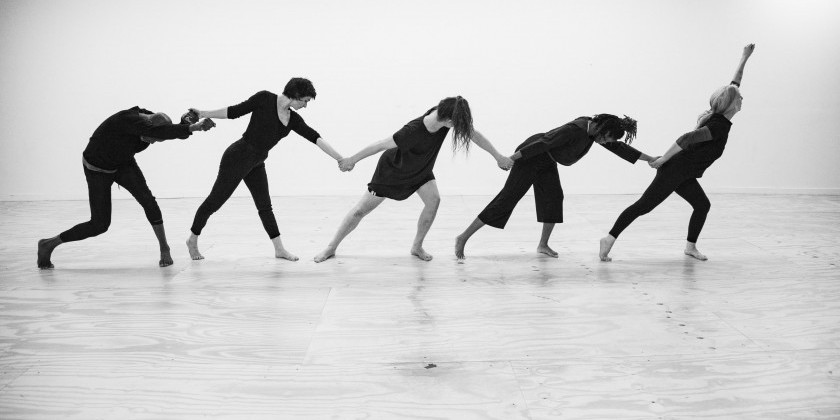
How Chaplaincy and Dance Come Together
The Invisible Project
Choreographer: Keely Garfield
Dancers: Molly Lieber, Paul Hamilton, Opal Ingle, and Angie Pittman
Commissioned by NYU Skirball
World Premiere March 10 – 12, 2023.
For tickets : Click here
Keely Garfield joyfully participates in the great body of the world as a choreographer, dancer, teacher, and curator. Born in London, and based in New York City, Garfield is the artistic director of Keely Garfield Dance (KGD), which has been widely commissioned and presented at theaters and festivals nationally and internationally.
The company consistently receives high critical praise. It has garnered four New York Dance & Performance Awards aka “Bessies” (performance, music, lighting, production). Garfield was awarded a 2017 John Simon Guggenheim Memorial Foundation Fellowship, is a NYFA Fellow, and received the Chancellor’s Award from University of Milwaukee, Wisconsin where she obtained her MFA in Choreography.
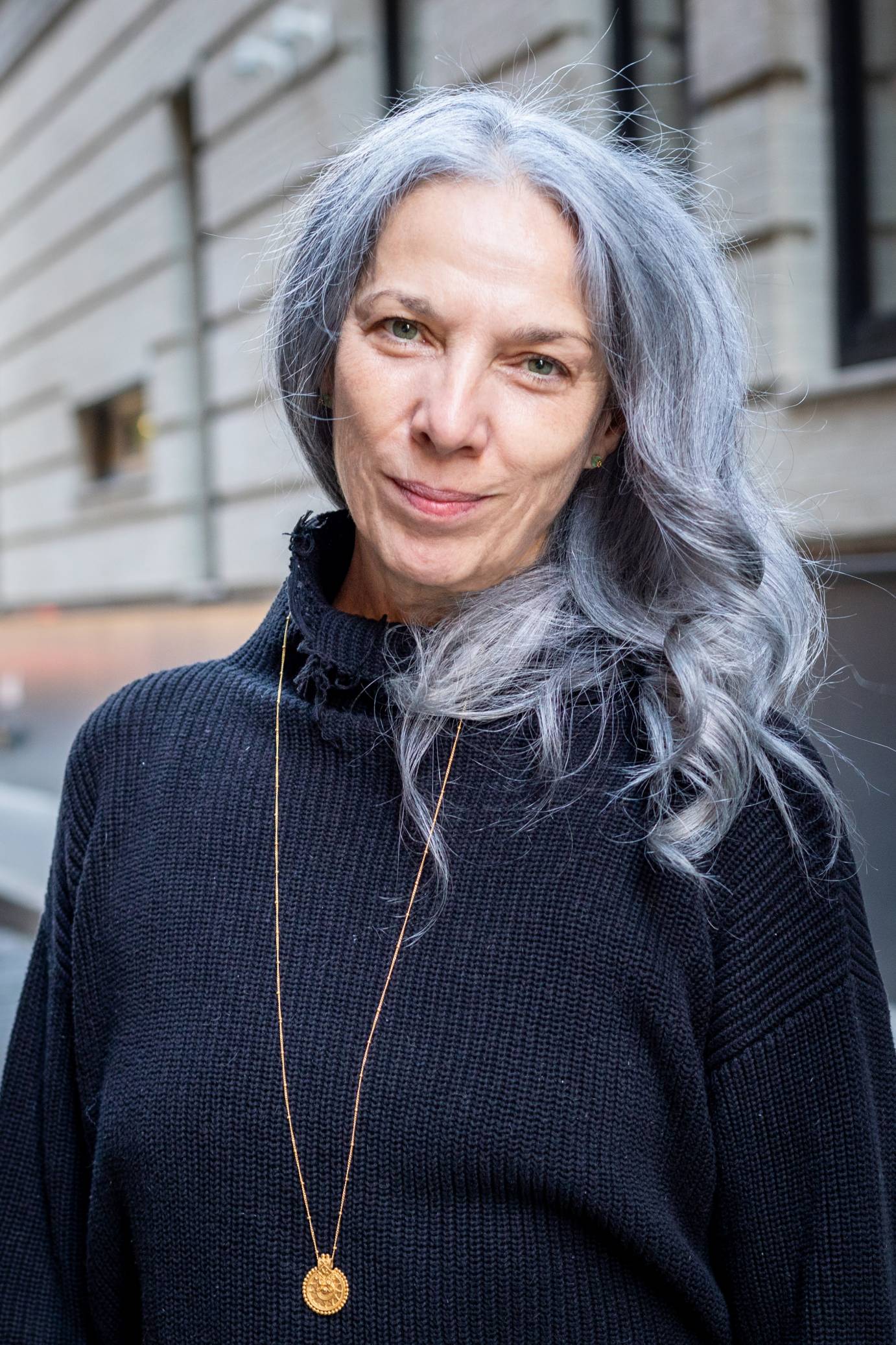
The Dance Enthusiast invited Garfield to answer a series of questions regarding choreography, wellness, chaplaincy and her upcoming premier. Below are Garfield’s ever intriguing responses.
Catherine Tharin for The Dance Enthusiast: Please describe your chaplaincy work.
Keely Garfield: I work as a hospital chaplain in trauma, end-life, behavioral health, and throughout the hospital as needed. I provide emotional, spiritual, and where appropriate, religious support, to patients, their loved-ones, and staff. Basically, a chaplain gets “down in the mud” with people who are experiencing crisis for one reason or another, and can accompany people who are navigating fear, sadness, uncertainty, and sometimes celebrate the joys together too.
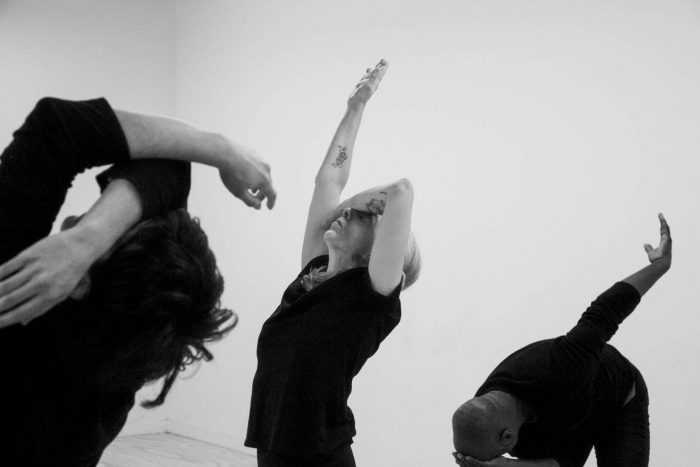
What drew you to this work?
What draws us to anything? I guess simply put, since embodiment is the central exploration in my life, I started dancing, then got interested in wellness for dancers which led me to study yoga, meditation, essential oil therapy, Reiki, and other somatic and therapeutic modalities. I wound up working in oncology which led to working in hospice, and from there launched me into my career in chaplaincy. All of it is service. Dr. Rachel Naomi Remen talks about service as a way of seeing the world as whole, as opposed to fixing which sees the world as broken, or helping which sees the world as weak. Naturally fixing and helping have their place but the point is to realize interconnectivity, wholeness, even amid chaos. Sounds like chaplaincy. Sounds like choreography.
How has your dance work been influenced by your chaplaincy?
Well, specifically my latest work, The Invisible Project (TIP), is directly informed by my work in chaplaincy. I think there is misconception around what a chaplain is exactly. Some people think we are religious zealots who go around sprinkling magic water everywhere. In fact, the role of the chaplain, at least working in a hospital, is to respond to people in crisis, tending to emotional/spiritual distress, regardless of whether people identify as religious or not. The training to become a chaplain is demanding and involves many rigorous steps. At the core of this, is developing a particular skillset, or spiritual caregiver competencies. These include things like compassionate presence, reflective listening, facilitating expression of feelings, affirming strengths, bearing witness to suffering, meaning making, practicing cultural humility, and advocacy.
I realized that for me, these same skills are deeply implicated in the choreographic process. Presence, listening, expression of feelings, etc. are all embodied in the effort towards making a dance and dancing. But they are sort of invisible. Hence, I wanted to make a dance that rendered this essential fascia visible and tangible.
Sometimes people struggle to understand how chaplaincy and dancing go together. For me it’s a continuum. At one end of the spectrum dance is characterized by movement and sound, whereas at the other end, when we die, there is stillness and silence. The body itself, with all its variables, is the link. I guess my life’s research exists between these poles.
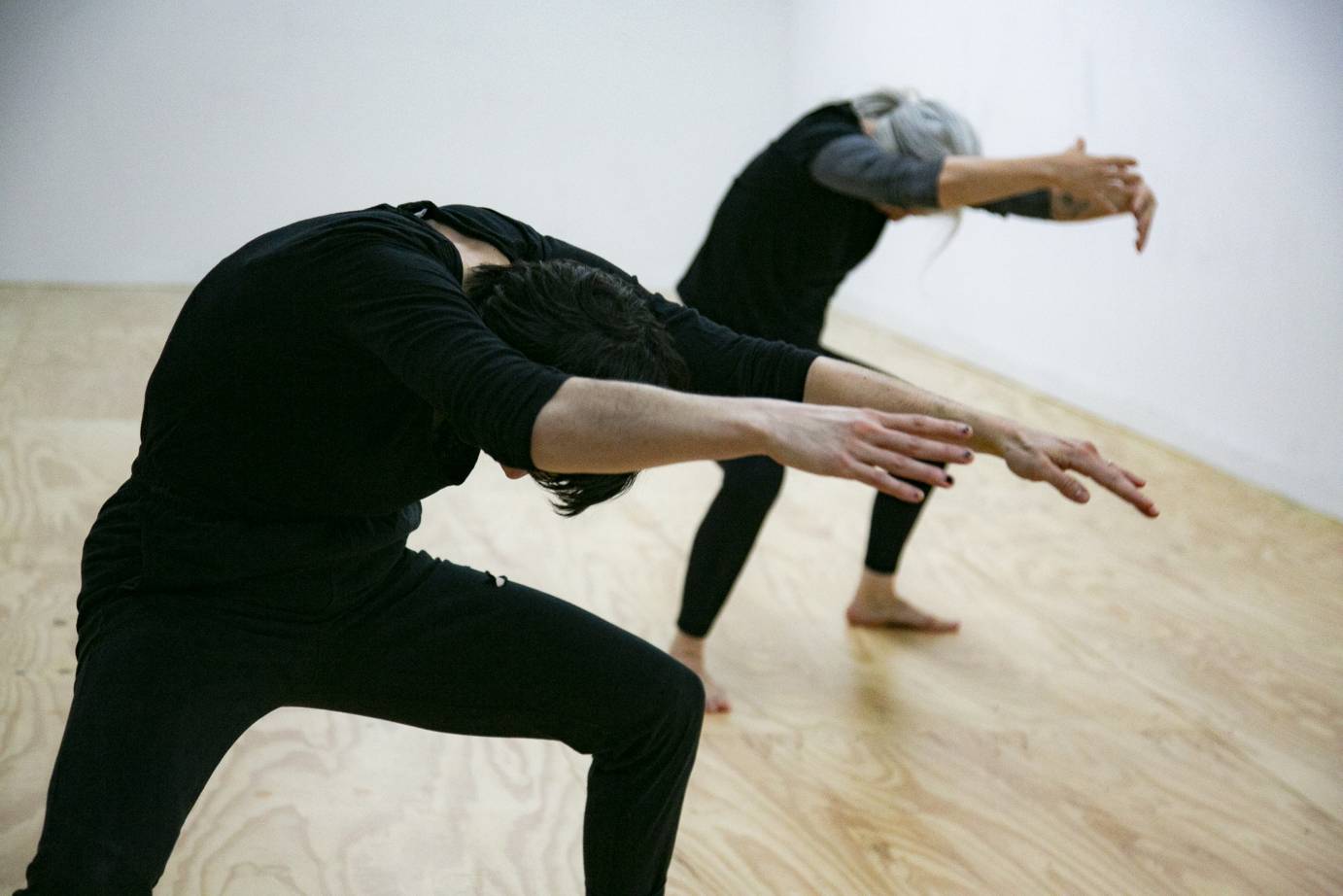
There are many directions you could take wellness. Are there other directions you have pursued in addition to chaplaincy?
Previously, and alongside my work in dance, I have been engaged as a clinical coordinator and faculty for Urban Zen Integrative Therapy at Beth Israel Medical Center, and Saint Damien Pediatric Hospital in Haiti, served as Director of Corporate Training for Maripossa Wellness, taught Sitting with Dying for VNS hospice volunteers, offered Reiki trainings including for Yoga Journal, and led many YTT (Yoga Teacher Training) programs. I developed and led Wellness for Dancers workshops at Ailey, Gibney, and The New School, where I was also a dance lecturer. All, to understand what is healing, who is the healer, and what is being healed.
Your work has expressed unbridled imagination that often finds its way in humor. How does humor expressed in your work balance the illness and end of life situations of the people you serve?
I am going to push back here. The question of humor and my dances is redundant and reductive. I haven’t been funny since 1995 when a lot of things were funny. Times have changed, the world is on fire, I have changed. And from the beginning there was a problem with the perception of humor in my work. In England where I was born, the binary between things being funny or sad is not so well defined. Here in the U.S. its more dualistic. One thing or the other. Anyway, I love what playwright Samuel Beckett said, “The only possible spiritual development (for an artist) is in the sense of depth. The artistic tendency is not expansive, but a contraction. And art is the apotheosis of solitude.” Maybe it sounds strange to think of death this way too, but it really is the most intense solo act. At work, in the hospital, so called “gallows humor” is present in the face of some terrible and hopeless situations, and often expressed by suffering patients themselves. What else can you do but laugh or cry, or laugh and cry?
What remains central to your work and in your life?
Embodiment, presence, connection, work, exploration, risk, curiosity, reverence. I cherish the long creative relationships that have been cultivated through collaboration with so many of the artists I work with. This is the real treasure. The Invisible Project brings Paul Hamilton, Molly Lieber, Angie Pittman, and Opal Ingle, and the music of Jeff Berman to the stage together with me. This is central to my life and my work.
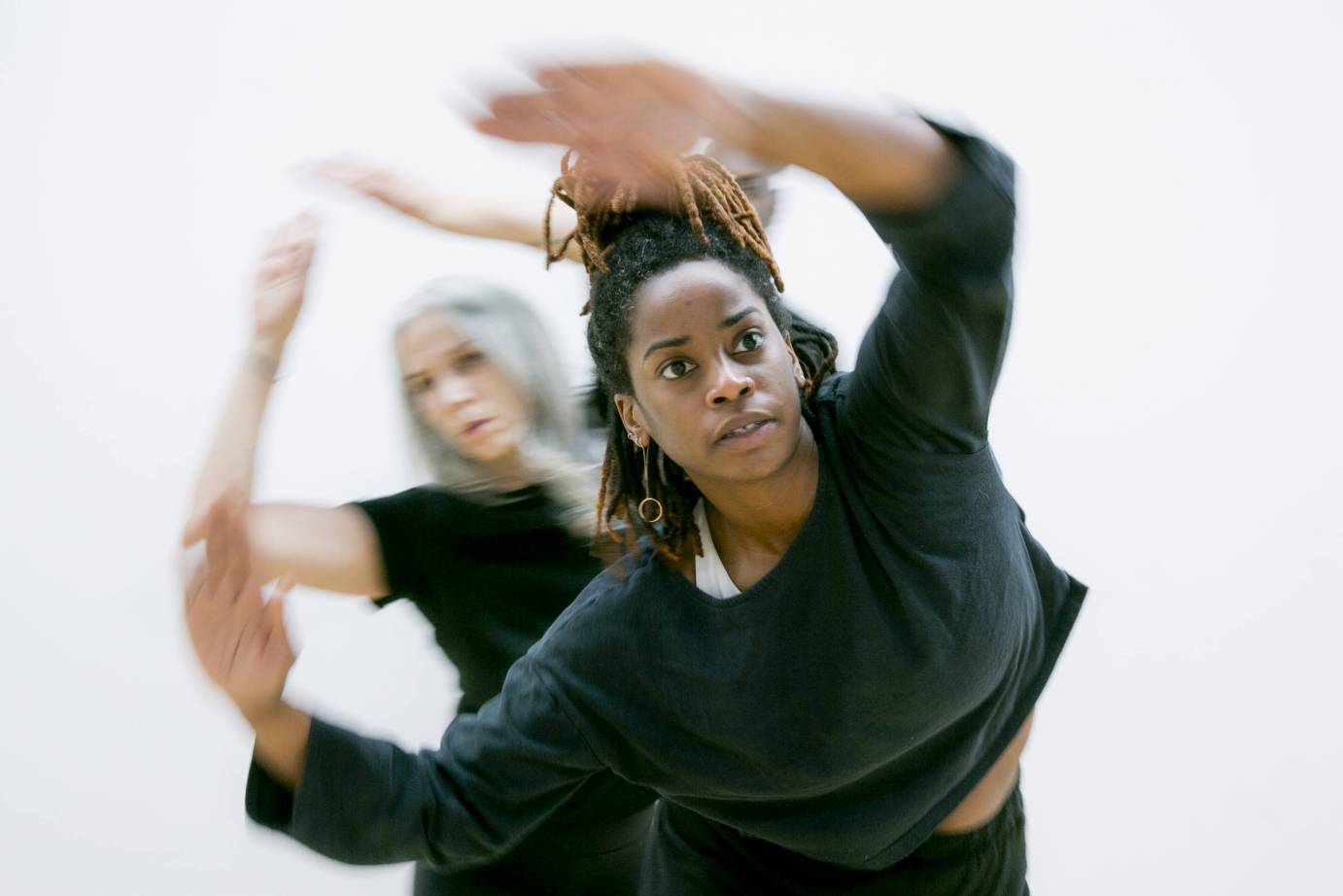
Please describe the connection from one dance to the next.
All my choreographies have been rooted in a searching curiosity about the body, the causality and properties of movement, and the significance of creativity in spurring self-discovery. I think they always combine a local and global perspective but there has been a clear journey. Early on, I was concerned with self and family, then took a more communal approach, and now feel centered in a more universal exploration.
Trilogy: My Father Was A Spanish Captain; My Mother Was A Four-Alarm Fire; My Sister Was A Refugee; took an autobiographical look at family dynamics. Deep; and Disturbulance were made in response to my first-hand experience of the catastrophic events of 9/11. Telling The Bees foraged links between the waggle and round dances of honeybees, and the sting of breakdown in the natural environment. WOW made a case for sincerity in a climate of cynicism, scorn, and brutality. Perfect Piranha charted a route from joint discord to universal harmony.
Increasingly, my artistic focus intersects with my broader concerns about the world. I see choreography as a vehicle for dancing, and dancing as a powerful medium for communication, collaboration, and connection. Ultimately, there is valor in dancing, and valor can move from individual bodies into the body of the world and embolden the times.
What are you saying in your upcoming dance, The Invisible Project? What are the ways in which the dance expresses what you experience as a chaplain?
The Invisible Project is prompted by what my body knows about being a chaplain, as well as the many experiences my body remembers about dancing. Presence is primary to both. There is a section in the dance about patience, that asks both the performers and the viewers, for their patience. Other parts offer experiences of endurance, resilience, rest, ritual. I co-wrote two songs with composer Jeff Berman. “Cry Me” is a spirited testimonial to my patients, and “Right to Repair” combines a civic anthem about farmers’ rights, with a folksy entreaty to save the planet! The last image can be seen to conjure the power of the ICU ventilator, and the power of transformation. It is incumbent upon us all, to make our own meaning of things while we are here. Or not.
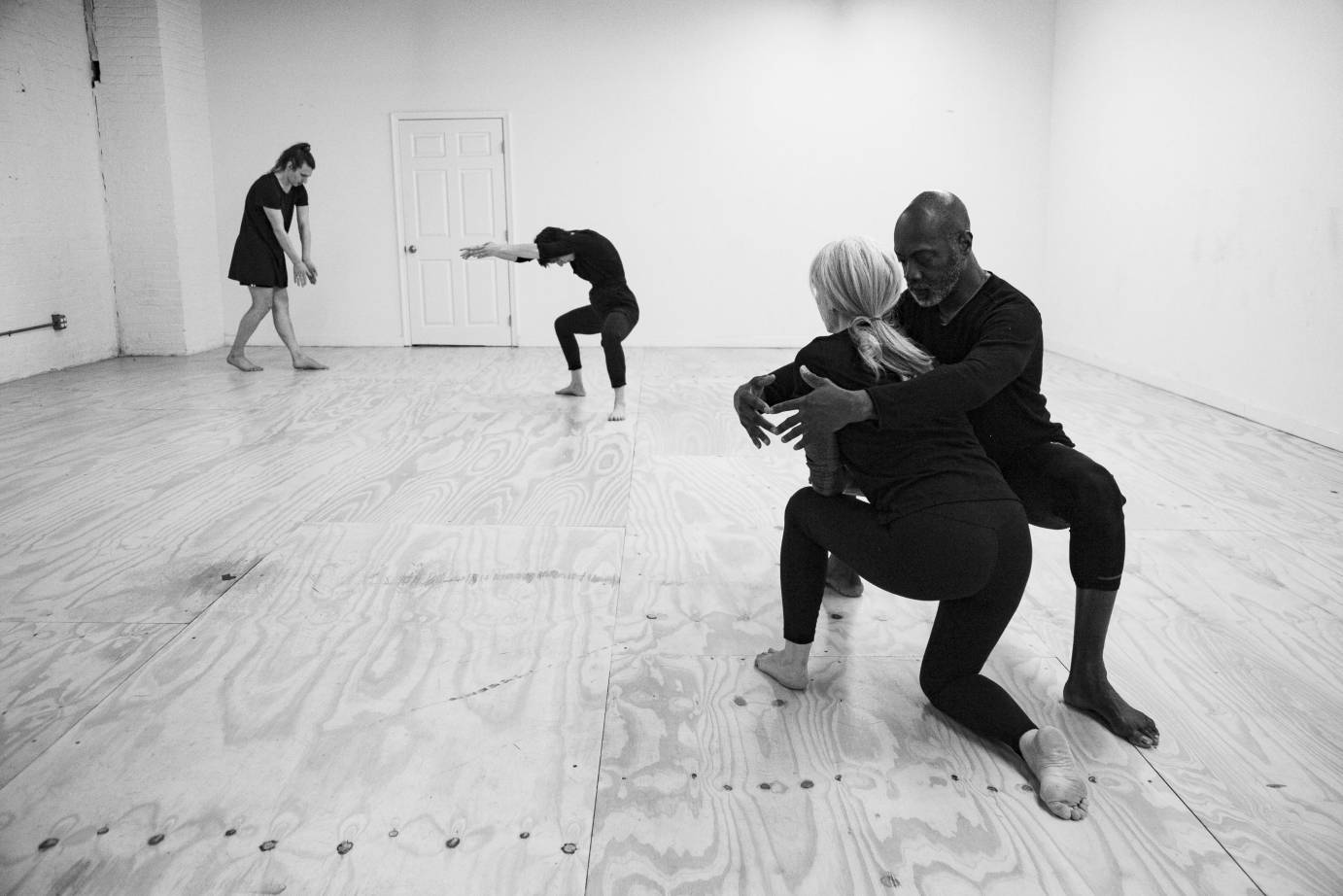
For tickets to The Invisible Project, March 10-12, 2023
The Invisible Project will play March 10 and 11 at 7:30 pm, and March 12 at 3:00 pm. Running time is 60 minutes. Tickets are $40 and can be purchased online, by visiting the box office in person, Wednesday - Friday from 2 - 6 pm, or by calling 212.998.4941. NYU Skirball is located at 566 LaGuardia Place at Washington Square, New York, New York 10012.




